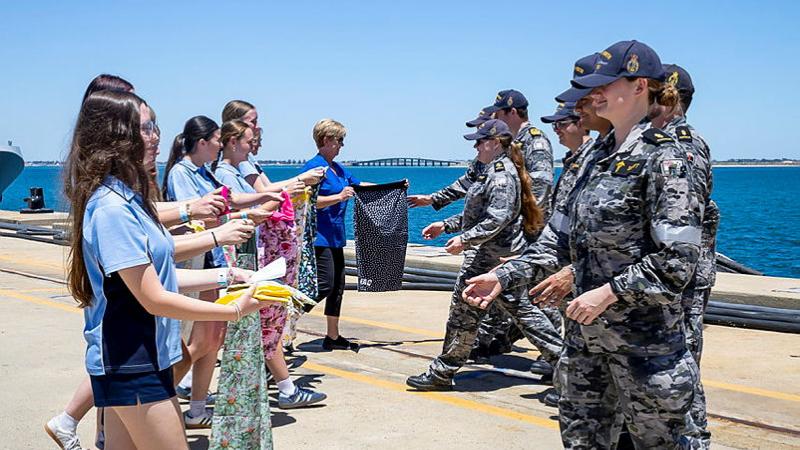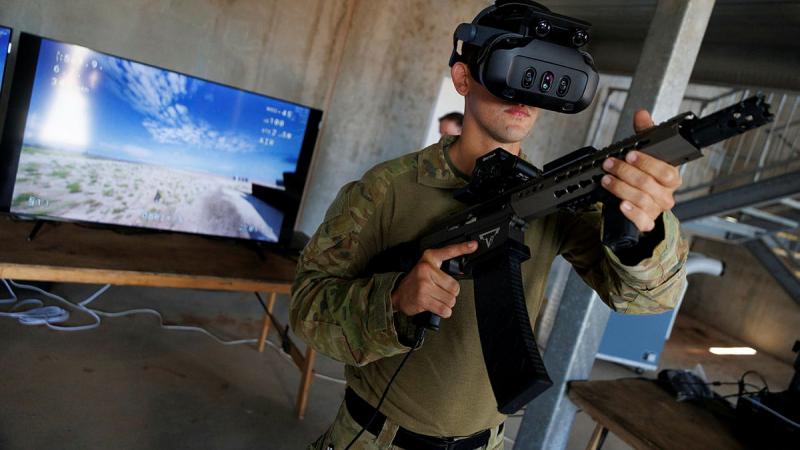22 September 2025
Try to imagine conflict on the battlefield of the future – that was the objective of participants during Exercise Mirai Bridge, held in Canberra from September 1-4.
The war game, involving Australian Army and Japan Ground Self-Defense Force (JGSDF) personnel, explored human-machine teaming and robotics and autonomous systems operations in offensive and defensive scenarios.
Army was represented by a team from Future Land Warfare Branch, the Battle Lab, Defence Science and Technology Group (DSTG) and the Army experimentation unit, 1st Armoured Regiment.
The analytical outcomes will inform a campaign of experimentation led by the Directorate of Army Concepts and Experimentation (ACE).
Director of ACE Colonel James Groves said the war game was co-designed with counterparts at DSTG.
He said the aim was to answer a question: how can Australian and Japanese land forces conduct human-machine teaming operations at the company echelon in 2035?
'We haven't gone a long way into the future. What we've tried to do is learn as we mature this capability into working reliably.'
Andrew Coutts, group leader Analytical Wargaming, Human and Decision Sciences Division, DSTG, said the exercise was set in 2035.
“We see it as a continuation of what we've done with Future Land Warfare in trying to meet Chief of Army's objectives,” Dr Coutts said.
“To answer the research question, we ask ourselves a series of sub-questions: ‘How do you make light-scaled forces, likely to be operating in the future, more lethal, survivable, with extended range, and more sustainable?’
“We haven't gone a long way into the future. What we've tried to do is learn as we mature this capability into working reliably.”
Colonel Hirohisa Nagai, of the JGSDF Training-Evaluation, Education, Research and Development Command, said the forces of both countries shared common ground when simulating battle.
“The first thing is to come to this exercise and to learn and observe how the Australian Army is doing these activities,” Colonel Nagai said.
“Secondly, we have now confirmed that the JGSDF and the Australian Army have a similar situation and we are on the same page.”
Commanding Officer 1st Armoured Regiment Lieutenant Colonel Jake Penley said the activity demonstrated Army’s approach to analytical wargaming to JGSDF participants.
“And where robotics and autonomous systems can augment and enhance current structures, what we have and what they might look like towards 2035,” Lieutenant Colonel Penley said.
“The Japan Ground Self-Defense Force is very appreciative to have such an invitation to come and exchange our knowledge,” Colonel Nagai said.
“In the future, if we have such an opportunity to deepen our relationship, it will be very beneficial and we look forward to such developments.”


